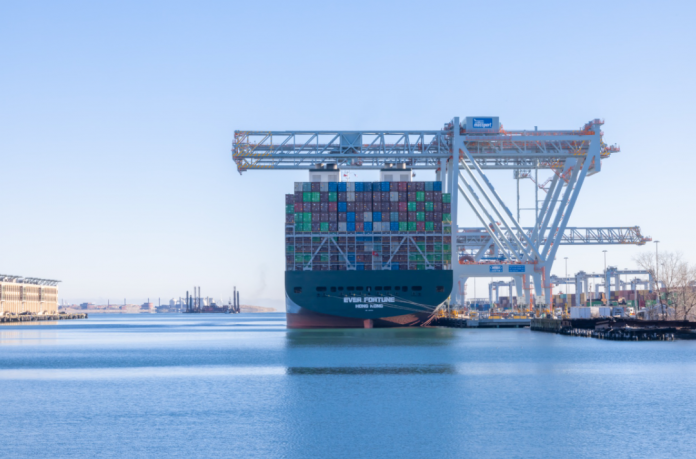Transpacific rates rose to a nine-month high when the Shanghai Containerized Freight Index (SCFI) closed on 28 July, as general rate increases (GRIs) on 1 August were supported by high fleet utilisation and Canadian dockers’ industrial action.
Asia-US West Coast rates hit US$1,943/FEU, while those for Asia-US East Coast averaged US$2,853/FEU, a level not seen since October 2022.
The same day, the Canadian branch of the International Longshore and Warehouse Union rejected the new mediated contract terms that the union’s bargaining team had agreed earlier with the British Columbia Maritime Employers Association (BCMEA). Canada’s labour minister had intervened to ensure that Vancouver and Prince Rupert, two of the busiest ports on the country’s west coast, continued operating.
ILWU Canada and BCMEA said on 30 July that they are recommending ratification of a new deal hammered out over the weekend. The 7,500-member ILWU has agreed to refrain from striking until the ratification vote, which must be held by 4 August.
Although Canadian West Coast port operations have continued through the past week, the vessel backlog has not been fully cleared, with six container ships still waiting at Vancouver and two ships at Prince Rupert although the maximum vessel waiting times have been cut from 14 days to seven days. Prior to that, the two-week strike had disrupted US$4.6 billion of trade.
Linerlytica commented, “The strong capacity utilisation, coupled with capacity constraints and the unresolved ILWU Canada situation are all keeping the market tight, with carriers already pushing for another rate hike in mid-August. Rates are expected to remain elevated through September but will slip back once the peak season demand wanes.”
While Asia-Europe rates rose to US$975/TEU, a seven-month high, Linerlytica is less optimistic that the upward trajectory will stay, as capacity discipline is poor.
Linerlytica stated, “Rates are already being discounted by carriers with capacity utilisation still under strain despite the continuation of selective blank sailings by all carriers. MSC has been particularly aggressive in adding capacity.”
From this month, MSC is expanding its new Asia-Europe Swan service, adding Bremerhaven (this month) and Busan (in October) so the revised loop will be Qingdao, Busan, Ningbo, Yantian, Tanjung Pelepas, Antwerp, Gdynia, Gdansk, Klaipeda, Bremerhaven, King Abdullah Port, Singapore and Qingdao.
Martina Li
Asia Correspondent







